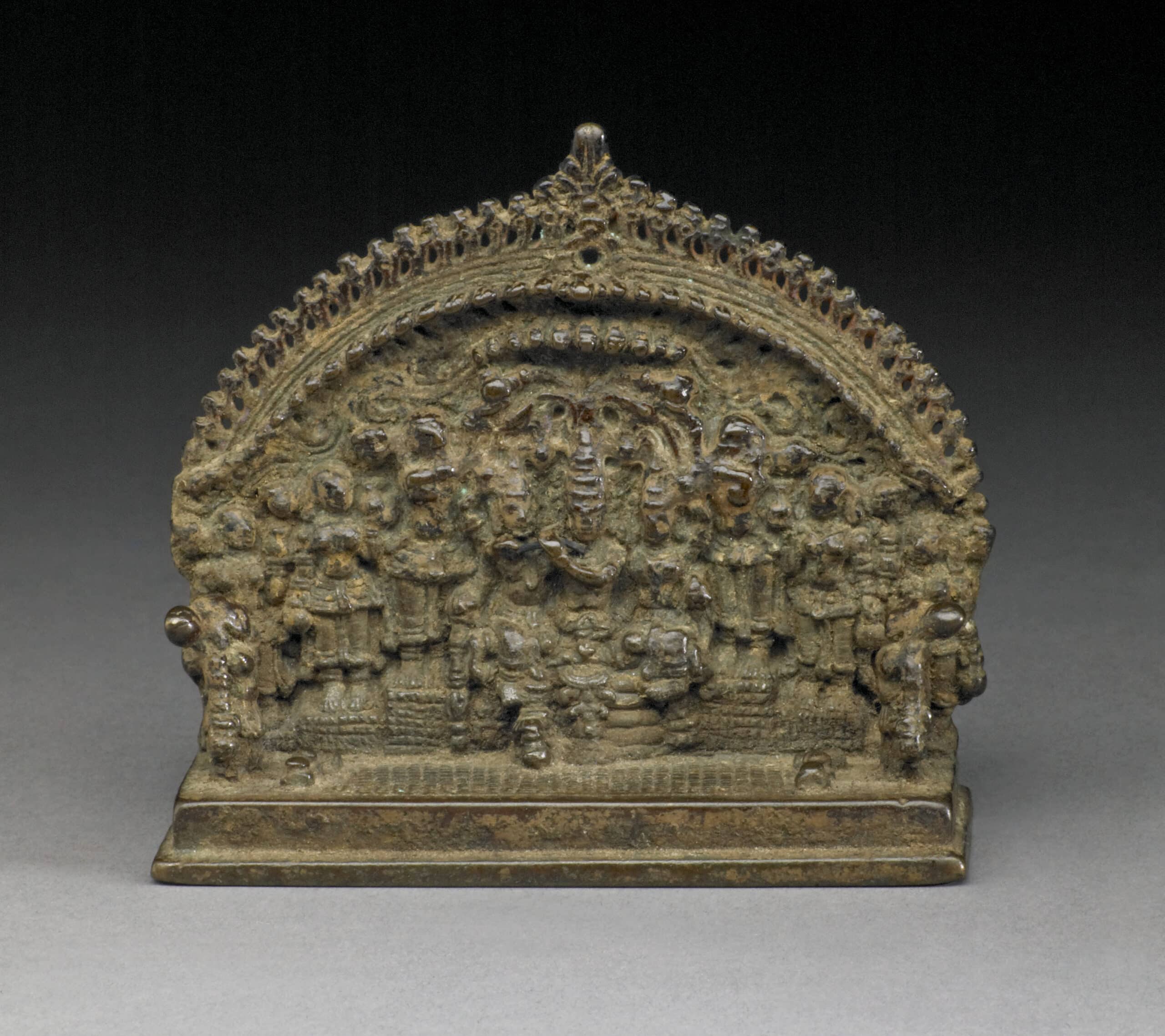The art of miniatures takes many forms and exists across time and cultures. Issues of size, scale, modeling, ownership, production, and historical and contemporary functions of miniatures will be examined. Questions that will be addressed include: How do views and inquiries of the artist, scientist, and designer benefit from comparisons and contrasts of a miniaturization of a work? What are perspective and scale in the arts? How do we define how we see things?
This exhibition, which is drawn from the Harn’s permanent collection of Asian art, highlights an overlooked theme in Asian art and presents a unique opportunity to remind viewers that art comes in all shapes and sizes. It also illuminates the investigation by our collective via constant inquiries into size, scale, modeling, technique, means/opportunities, and intellectual and theoretic growth.
Why Mini? Why Now?
Miniature artworks on display in museums often are overshadowed by monumental works. I is organized to remind us that we are surrounded by that which is small and tiny, and that our languages reflect this reality. We encounter “mini” automobiles, microwave “mini” snacks, and endure micro-derm abrasion therapies to alter the way we look. Cutting edge research and technologies, such as those being developed by our University of Florida exhibition partner, Nanoscience Institute for Medical and Engineering Technology (NIMET), allow tiny technological devices to improve healthcare and better our understanding of the seen and unseen worlds around us. Show Me the Mini therefore demonstrates that creating and investigating miniatures have always been the case for artists and scientists no matter where or when they lived.
Show Me the Mini is generously supported by the Quinn Family Charitable Foundation with additional funding by the Cofrin Curator of Asian Art Endowment. Special thanks to Randy Batista and Natasha Alexander for photography.


